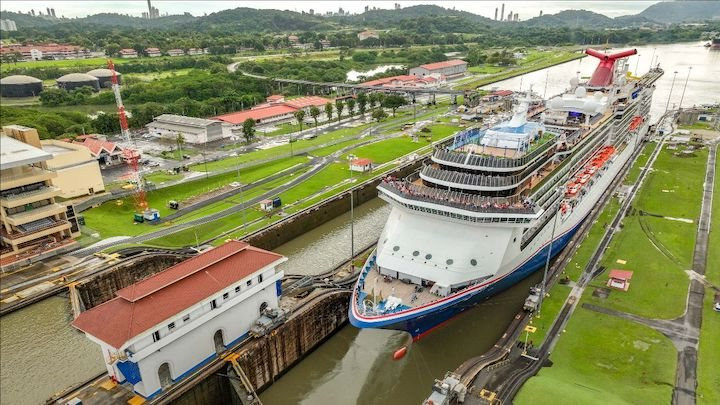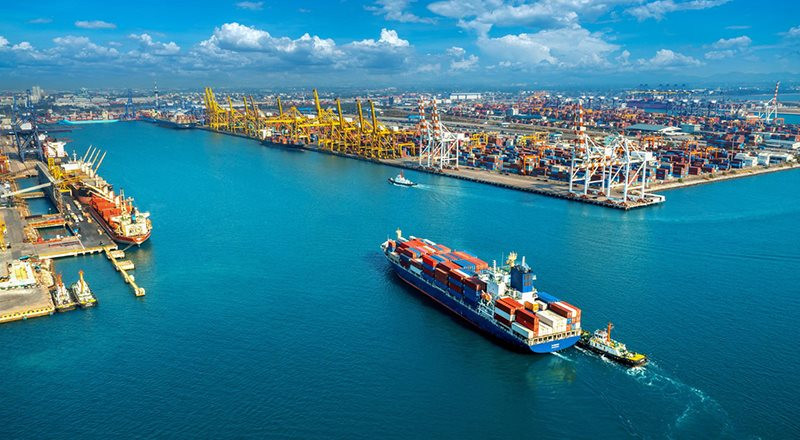Two Vital Maritime Routes Face Dual Crisis, Dealing a Heavy Blow to Shipping

Shipping industry heavyweights have been hit hard as two crucial maritime routes encounter simultaneous crises. Both the Panama and Suez Canals, which together handle almost 20% of global trade, face disruptions that are wreaking havoc on global commerce. With reduced traffic, longer waiting times, and skyrocketing fees, the shipping industry is in dire straits.
Panama Canal: Battling One of the Worst Droughts in a Century
The Panama Canal, responsible for approximately 14% of all US maritime trade, is suffering from one of the most severe droughts in decades. The prolonged dry spell has forced canal operators to decrease the number of ships passing through, resulting in longer waiting times. Shipping costs have spiked to around eight times the usual rate, presenting significant financial challenges for vessel operators.

Suez Canal: Weathering the Storm of Attacks
Approximately 40% of goods transported through the Suez Canal have seen a decline in volume. This critical shipping route connects Asia to Europe and the Mediterranean, serving as a vital channel for both cargo ships and the largest oil tankers in the world. The Houthi attacks have deterred major shipping companies like Maersk and Hapag-Lloyd from traversing the Red Sea, raising concerns about crew safety. The resulting decrease in traffic has caused shipping costs to surge by 67%.
Implications for Global Trade
The disruption to these two major trade routes has had a significant impact on the global economy. Numerous vessels have been rerouted to longer journeys, leading to delays in the delivery of goods, increased transportation costs, and overall economic losses. Ship operators now face months of uncertainty, with approximately 18% of global cargo expected to pass through these two maritime arteries by 2023.
Challenges and Potential Solutions
The Panama Canal, facing severe drought conditions, has reduced the daily number of ship transits. Despite plans to invest around $1 billion in construction and engineering projects to increase access to water reserves, full completion of these projects could take years. This exceptional situation has not only harmed global commerce but also severely affected the local businesses and the 2.5 million people who rely on the canal for water supply.
The Suez Canal’s future remains uncertain, as ongoing attacks from Houthi forces continue to pose risks to vessels and crew members. Some ship operators continue to utilize the canal, employing armed protection to counter potential threats. However, the decrease in traffic has resulted in a significant drop in revenue for Egypt, the country heavily dependent on the Suez Canal’s income.
Both crises have highlighted the vulnerability of global supply chains and the need for robust infrastructure and security measures. The shipping industry, governments, and relevant stakeholders must work together to find sustainable solutions to ensure the smooth flow of international trade. As the situation evolves, the effects on global trade and the shipping industry as a whole will become clearer.
Source: WSJ
